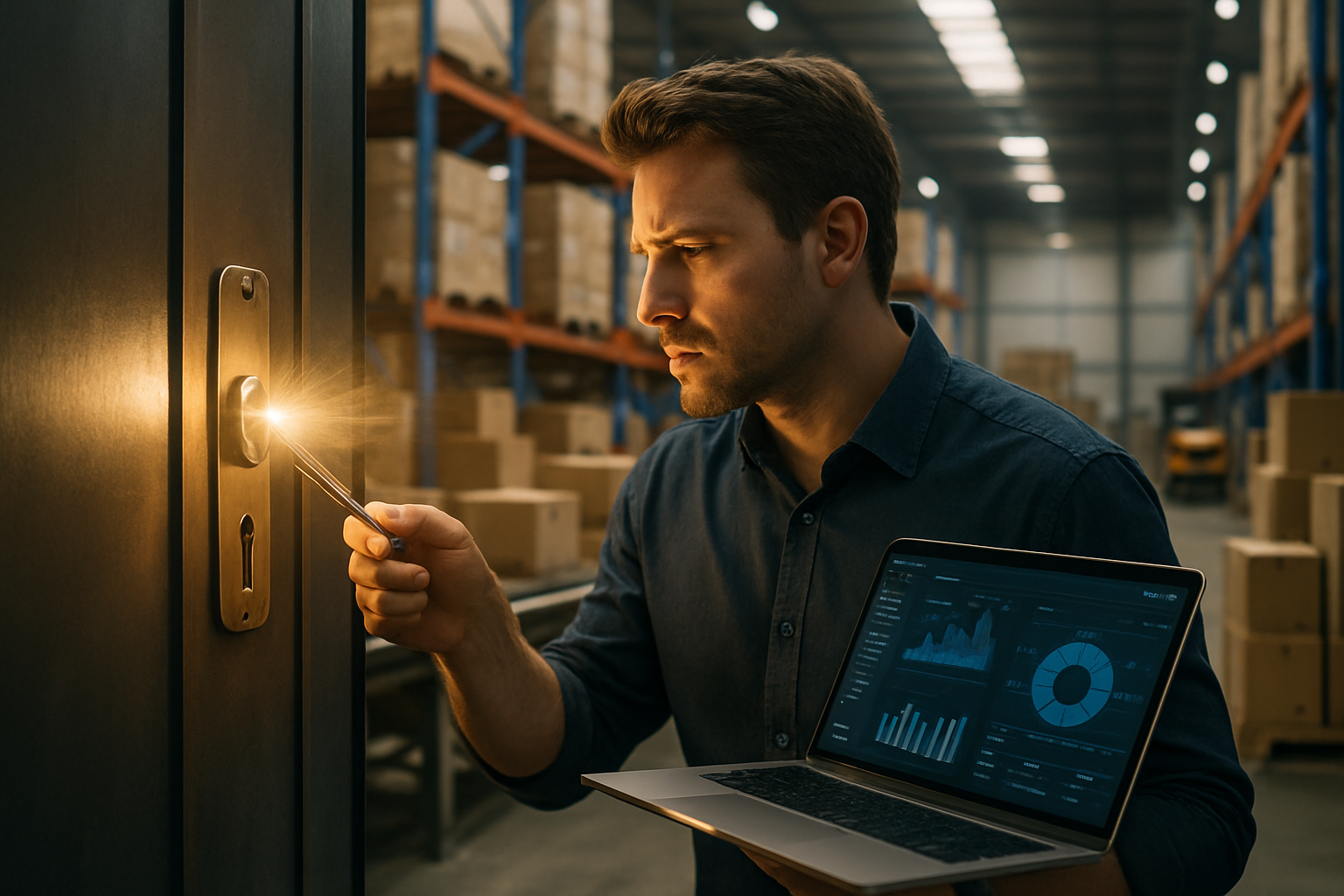Reverse Logistics: Turning Returns into Revenue
The concept of reverse logistics has gained significant traction in recent years, transforming the way businesses handle product returns and recapture value. This strategic approach to managing the backward flow of goods from consumers to manufacturers presents a unique opportunity for companies to boost efficiency, reduce waste, and unlock new revenue streams.

In the early days, reverse logistics was often an afterthought, with companies dedicating minimal resources to managing returns. This led to inefficient processes, high costs, and missed opportunities for value recovery. As e-commerce exploded and return rates skyrocketed, businesses were forced to reevaluate their approach to reverse logistics.
The Strategic Importance of Reverse Logistics
Today, reverse logistics is no longer just about managing returns; it’s about creating value throughout the entire product lifecycle. By implementing robust reverse logistics strategies, companies can improve customer satisfaction, reduce operational costs, and generate new revenue streams.
One of the key benefits of reverse logistics is its potential to enhance sustainability efforts. By refurbishing and reselling returned products, businesses can reduce waste and minimize their environmental impact. This not only aligns with growing consumer expectations for eco-friendly practices but also helps companies comply with increasingly stringent environmental regulations.
Innovative Approaches to Reverse Logistics
Forward-thinking companies are finding creative ways to leverage reverse logistics for competitive advantage. Some are partnering with specialized third-party logistics providers to streamline their return processes and improve efficiency. Others are investing in advanced technologies like artificial intelligence and machine learning to predict return patterns and optimize inventory management.
One particularly innovative approach is the concept of “recommerce,” where businesses create dedicated marketplaces for refurbished or pre-owned products. This not only provides a new revenue stream but also attracts price-sensitive customers who might not have purchased new products.
Challenges in Implementing Effective Reverse Logistics
While the benefits of reverse logistics are clear, implementing an effective strategy is not without its challenges. One of the primary obstacles is the unpredictable nature of returns, which can make forecasting and planning difficult. Additionally, reverse logistics often requires specialized infrastructure and expertise, which can be costly to develop in-house.
Another significant challenge is the need for seamless integration between forward and reverse logistics processes. Many companies struggle to create a unified system that can handle both inbound and outbound flows efficiently. This often results in siloed operations and missed opportunities for optimization.
The Future of Reverse Logistics
As technology continues to advance and consumer expectations evolve, the future of reverse logistics looks promising. We can expect to see increased automation in return processing, with robots and AI-powered systems handling tasks like sorting and quality assessment. This will not only improve efficiency but also reduce human error and increase accuracy.
Another trend to watch is the growth of predictive analytics in reverse logistics. By leveraging big data and machine learning algorithms, companies will be able to anticipate return patterns and proactively address issues before they arise. This could lead to significant cost savings and improved customer satisfaction.
Key Strategies for Maximizing Value from Reverse Logistics
• Implement a centralized returns management system to streamline processes and improve visibility
• Invest in data analytics to predict return patterns and optimize inventory management
• Explore partnerships with specialized reverse logistics providers to leverage their expertise and infrastructure
• Develop a recommerce strategy to create new revenue streams from returned or refurbished products
• Integrate sustainability initiatives into your reverse logistics processes to appeal to environmentally conscious consumers
• Train staff on the importance of reverse logistics and its impact on the overall business strategy
• Regularly review and update your reverse logistics policies to ensure they align with changing market conditions and consumer expectations
In conclusion, reverse logistics has evolved from a necessary cost center to a strategic opportunity for businesses across industries. By embracing innovative approaches and leveraging advanced technologies, companies can turn their return processes into powerful tools for growth, sustainability, and customer satisfaction. As the landscape continues to evolve, those who invest in robust reverse logistics strategies will be well-positioned to thrive in an increasingly competitive marketplace.





